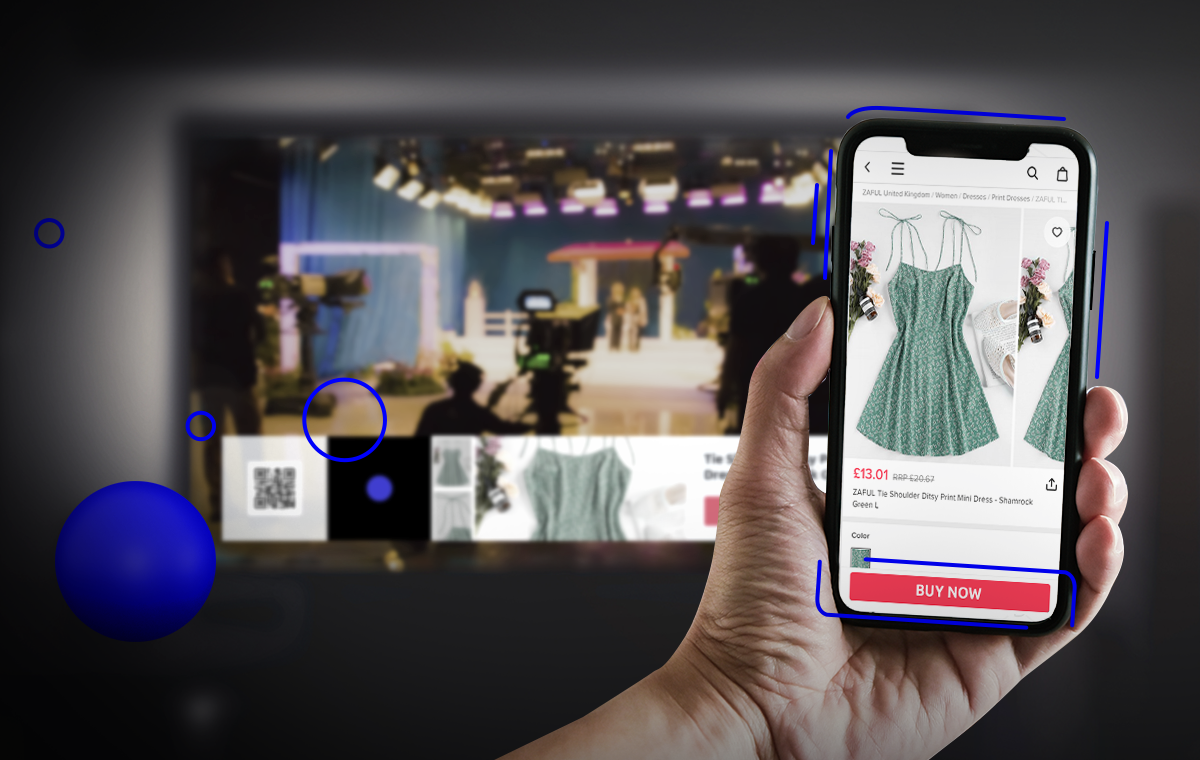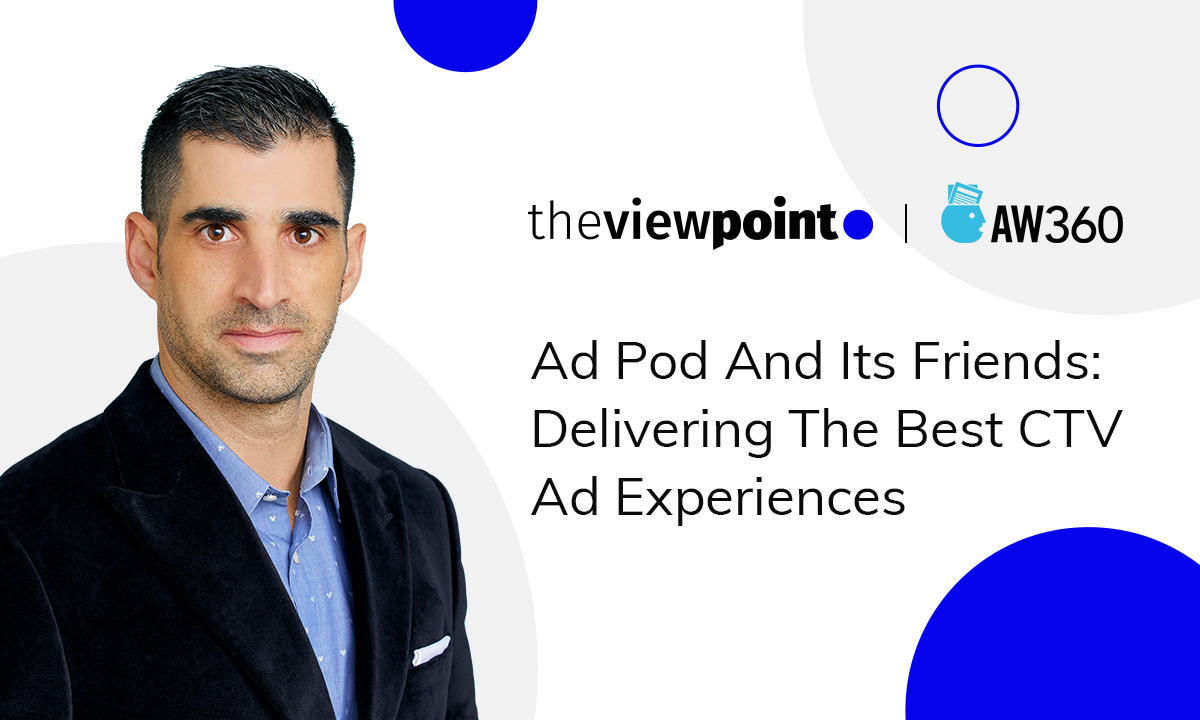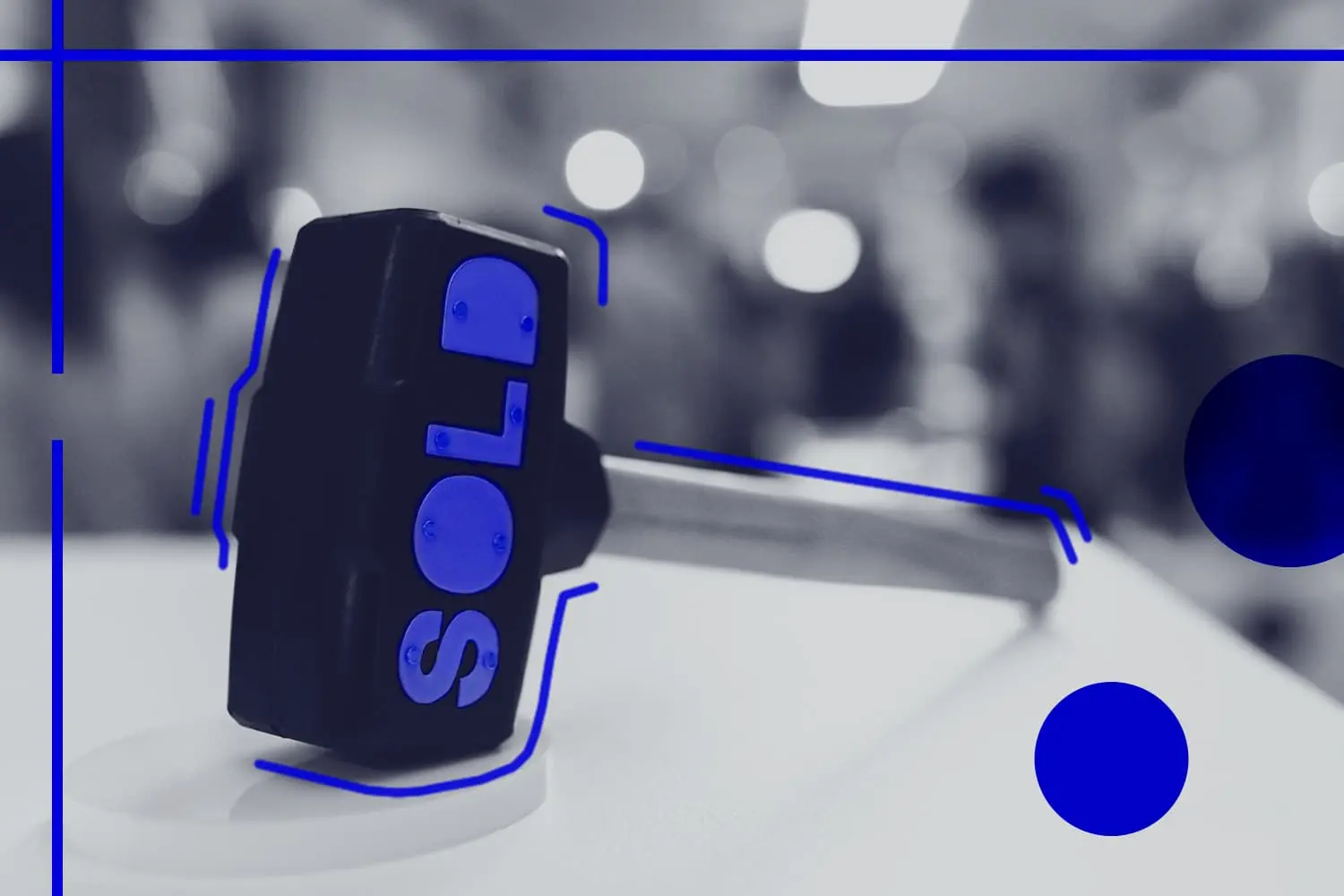
Turning Each Ad Impression into a Sale: Direct Response Marketing on Connected TV
Targeting DRM shoppers made easy. Get to know how CTV is gaining momentum as an advertising channel. Are you ready to meet your brand’s ambitious growth goals?
What is Direct Response Marketing?
Typically, it takes years and lots of money to create a decent brand image. That’s where Direct Response Marketing (DRM) becomes helpful because it’s all about making things happen not in the long run but in the here and now. Wondering how that is achieved? By taking a prospect from consideration to a decision made faster. As a result, entrepreneurs can now compete against global brands. People can’t patronise things they are unaware of or don’t have access to. That is where DRM and advertising become necessary.
Basically, it’s the type of marketing aimed at generating an immediate response from consumers, where you can measure every consumer response along with the purchase itself. Later, you can use this data in your custom ads. Being accountable and extremely focused on ROI, it’s a smart way to run ad campaigns for any business.
Here’s how response marketing works: an ad is designed to encourage viewers to take some action. It could be to subscribe to your email list, pick up the phone and call to get more information, place an order, or go to a particular page of a site. It’s important to note that you can invest time to research and identify the consumers most likely to convert and show your ads directly to them.
A complete comparison between it and branding aren’t needed because they are pretty different. Consider the following:
DR marketing is meant to deliver immediate results.
It costs almost nothing because you only pay for showing ads to your ‘hot audience’.
It’s worth noting that all campaigns are measurable and trackable from their very launch.
Finally, it can be used by all brands alike regardless of their size, and marketing budget.
Suffice it to say, direct response marketing features FOUR R’s for decision-making, being:
The Right ads
To the Right person
In the Right context
At the Right time.
An Effective Direct Response Marketing Campaign: What Does it Bring?
An effective direct response marketing campaign is an ethical way to reach your target audience and encourage them to take the needed actions. It comes with numerous benefits, the most important being:
Lead generation
It’s actually one of the main aims of any direct response marketing campaign, right? A successful DRM campaign evokes an immediate response, otherwise, it fails. Needless to add, the point here can greatly depend on the product itself. In many cases, the main idea of the ad is not to sell anything, instead, it’s to get the prospect’s interest, leading him/her to the next action, such as a free trial/beta version of the product download, coupon use, referring a friend, particular blog post reading, newsletter subscription, and so on. If a brand aims to drive in-store device testing, adding an interactive form to be completed by a user before going to the showroom seems like a smart move. Using expiration dates to create a sense of urgency and hurry people to act as quickly as possible, almost impulsively, is a common marketing practice here as well.
Faster response rate
As mentioned in the opening, it does take a prospect from consideration to a decision made much faster. Simply put, it’s an instant litmus test to discover the potential appetite for a product or service – in other words, it reduces ad latency.
Cost-efficiency
It quickly delivers a return on investment as it can persuade even unconvinced buyers. Just for the record, people normally watch CTV with family and friends (in the company of at least two or three people). That means, one ad on Smart TV can be seen by a number of people at once. This dramatically lowers the cost per impression for the response marketer.
Trackability
Tracking users in direct response marketing is crucial. The information about how people behave online, what they usually purchase, their lifestyle preferences, and so on open the gateway to endless CTV advertising opportunities. It may take a few actions before the customer is ready to buy. If used effectively, location-based advertising, enhanced by with precise ad targeting capabilities can deliver more meaningful ad experiences and improve ROI.
Measurement
Unlike other marketing types, when it comes to DR marketing, it’s rather easy to see measurable results. What gets measured, gets managed, you know. It’s almost impossible to improve your ad’s performance unless you monitor and evaluate the results, right? Luckily, advertisers can now access performance from the moment the campaign is launched, especially when using ssai advertising. Once a user responds (clicks, signs up, etc.), an advertiser knows exactly which ad and which channel generated that impression. As a result, marketers can measure the effectiveness of each ad.
Clear benefits outline
Right from the beginning, you can show your target audience the main information about your product with all the benefits outlined and encourage them to take the action you need.
Personalized ads
If a brand—say, an insurance company—knows that “Ann Brown” is a décor enthusiast, then customized ads like insurance plan welcome or renewal packets can include pictures of design, home, and décor gifts. Meanwhile, if a marketer knows that “Ann Brown” is a travel blogger, then that same packet would instead have pictures of trips from around the world. This further helps with things like frequency capping, ensuring that no “Ann Brown” is overwhelmed with irrelevant ads.
Specific targeting
While a branding campaign is meant to target everybody to increase brand awareness, a direct response campaign is all about being shown to people who are most likely interested in the product. As was already mentioned, you can invest time to research and identify the consumers most likely to convert and show your ads directly to them. Furthermore, you can use DRM as a part of your remarketing campaigns.
Want to Target DRM Shoppers? Go With CTV
Cord-cutting keeps increasing on a daily basis. On top of that, as cord-nevers become commonplace, connected TV has become an advertising goldmine, especially when it comes to direct response marketing.
Let’s recall the main benefits CTV has to offer in terms of direct response campaigns:
CTV ad spots are non-skippable, often delivering pretty high completion rates.
Dramatically increased AVOD viewership and the average streaming video viewing time spent. Savvy advertisers jump on the bandwagon to follow those eyeballs and connect with the audience of their potential buyers.
It’s become possible for marketers to enhance viewers’ buying and decision-making by providing them with relevant ads backed up with accurate user data while they are watching a video.
CTV comes with premium quality. CTV delivers targeted, personalized, HD-quality advertisements with stereo sound. That’s why these ads are meant to improve brand loyalty and heat up brand exposure, satisfying the preferences of the most sophisticated audiences.
Finally, direct CTV marketing encourages advertisers to be creative and stand out from the crowd. You can make a run at all video ad formats: call-to-action, animated, and interactive video ads.
Takeaways
We live in a world of countless choices where accessibility, quality content, and user experiences are key. And it’s the response ads that give brands a chance to encourage its customers choosing their products directly after viewing the ads. On top of that, CTV is a great marketing channel not to be neglected because of its ever-growing potential. However, effective usage of multi-stage direct response marketing campaigns, with each piece of content/creative being tailored to the right platform or channel, is the way to go. In addition, concepts like the api and sdk difference are easy to understand and grasp with CTV advertising.
Here’s a hot tip for you: While in some cases repetition of a message may improve brand recall, high ad frequency on any channel is likely to annoy your consumers in the long run. Beyond this, when working with multiple siloed providers, your ad messages might repeatedly fill the same ad spots thus getting under consumers’ skin. Teaming up with a reliable partner that can deliver a sustainable ad coverage and scale across multiple channels on CTV, can bring better earning opportunities.
Related
Programmatic TV Tax Day is Not Just April 15. It's Every Day
This blog examines the significant "AdTech tax" in Connected TV advertising, advocating for Tatari's direct integration with publishers to bypass hidden fees, resulting in substantial cost savings and enhanced transparency.
Read more
Ad Pod And its Friends: Delivering the Best CTV Ad Experiences
Aiming to stand out from the crowd and surpass consumers’ expectations, CTV advertisers have to be allied with publishers and very savvy at applying innovative advertising techniques, like frequency capping, competitive ad separation, and deduplication. Though still raising a lot of eyebrows, these tools have already become the next big thing in the advertising world. So, before diving deep into the details of ad pod management, let’s take a sneak peek behind the scenes of modern CTV play.
Read more
Everything You Need to Know About Real-Time Bidding
As programmatic advertising is gaining momentum, RTB or real-time bidding comes in. In fact, most platforms in ad tech today are RTB enabled. But what does that actually mean? What is an RTB platform and why is it so important for digital marketers? Let’s get the answers to these questions and more.
Read more


